SUMMARY
This is AI generated summarization, which may have errors. For context, always refer to the full article.
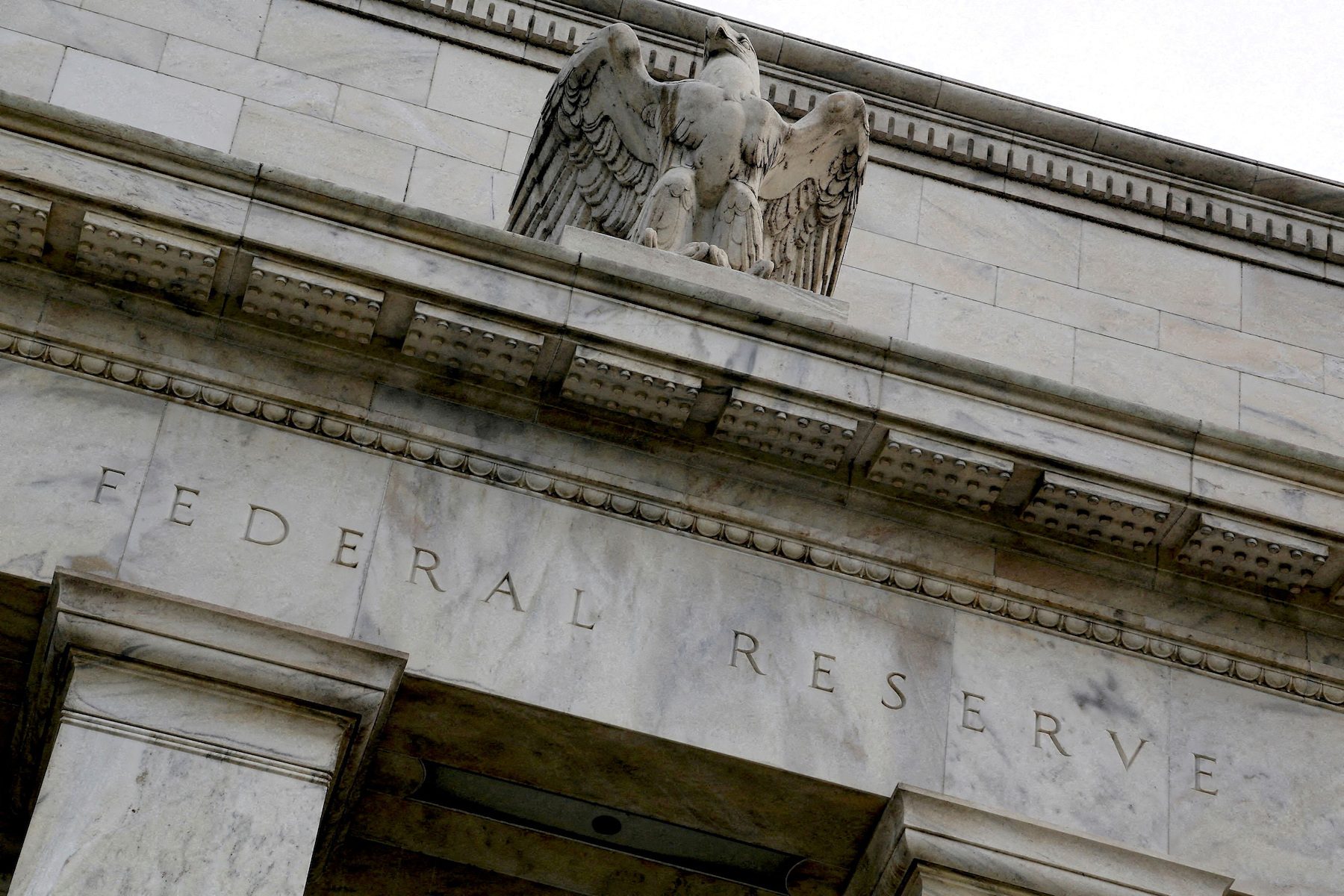
WASHINGTON, USA – Federal Reserve officials on Friday, March 24, said there was no indication financial stress was worsening as they gathered at a policy meeting this week, a fact that allowed them to stay focused on lowering inflation with another interest rate increase.
In separate appearances, three regional Fed bank presidents said they ultimately concluded that the March 10 collapse of Silicon Valley Bank (SVB) along with other developments did not undermine confidence in the strength of the US banking system as a whole, with one dismissing the California-based lender’s failure as not relevant to how other banks are managed.
“It was a quirky situation,” St. Louis Fed President James Bullard said in comments to a St. Louis community group.
Speaking to reporters later, Bullard said that “SVB was a very unusual bank. Different from almost any bank in the country…. The tools we have deployed will be successful and [the Fed] will end up dealing more with the strong economy going through the spring and the summer and not worrying as much as we are right now about financial stress.”
In fact, Bullard said he had raised his estimate of how high the Fed’s benchmark overnight interest rate needs to rise by the end of 2023 by a quarter of a percentage point to the 5.50%-5.75% range, a level that would require three more quarter-of-a-percentage-point increases from the 4.75%-5% level set by the US central bank this week.
The bulk of Bullard’s colleagues see only one more small rate hike as necessary, while the policy-setting Federal Open Market Committee this week dropped its guidance that said “ongoing increases” in rates would likely be necessary.
Other policymakers agreed that, despite an outbreak of global concern about financial stability over the last two weeks, it appeared there was no broadening crisis that would require the Fed to recalibrate its monetary policy and back away from another rate increase – even if the outlook going forward has become more cautious.
‘Felt very stable’
The Fed raised interest rates by a quarter of a percentage point on Wednesday, March 22, its ninth straight increase.
Investors feel that may be the last rate hike, and Fed Chair Jerome Powell said in his post-meeting news conference on Wednesday that there was debate about possibly pausing now.
“There was a lot of debate. This wasn’t a straightforward decision,” Atlanta Fed President Raphael Bostic said in an interview with National Public Radio, a US media outlet.
“At the end of the day, what we decided was that there were clear signs that the banking system is sound, efforts that the Fed took with Treasury and the [Federal Deposit Insurance Corporation] to deal with the difficulties of those banks seem to be working, and with that as a backdrop, inflation is still too high,” Bostic said.
The Fed has a 2% inflation target. Its main indicator of inflation is currently running at double that pace and proving harder to budge than expected.
Bostic said the sudden, catastrophic deposit run at SVB, which had an unusually large share of deposits above the $250,000 FDIC insurance limit and at risk of loss in a failure, had “exposed a real hole in the insurance structure.”
US officials eventually decided to make all depositors whole after judging the situation posed a “systemic risk.”
But “that’s a different issue than the macro policy issue that we were dealing with in terms of interest rates,” Bostic said. “We were able to separate those.”
Richmond Fed President Thomas Barkin said in an interview with CNN that the situation in the banking sector “felt very stable by the time we got there. So the conditions were right to do monetary policy the way we want to do monetary policy.”
“The case for raising was pretty clear.” – Rappler.com
Add a comment
How does this make you feel?
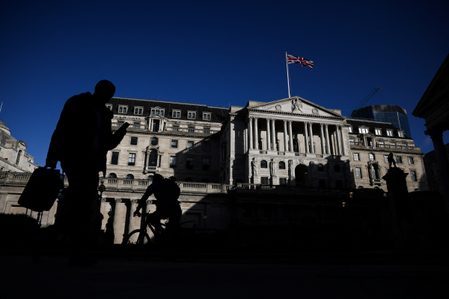



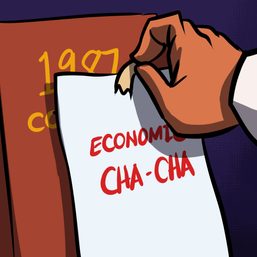
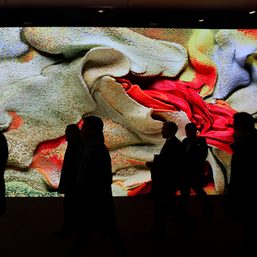
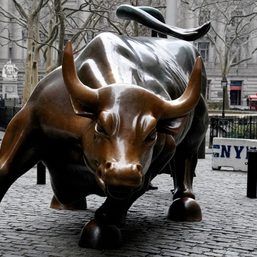
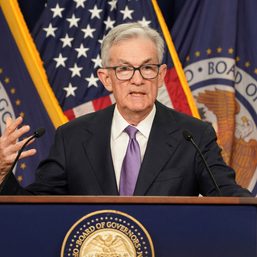
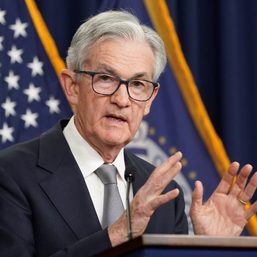
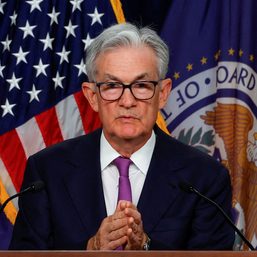
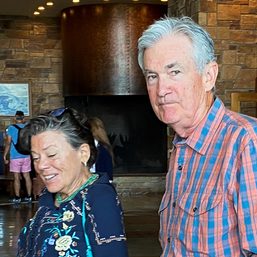
There are no comments yet. Add your comment to start the conversation.